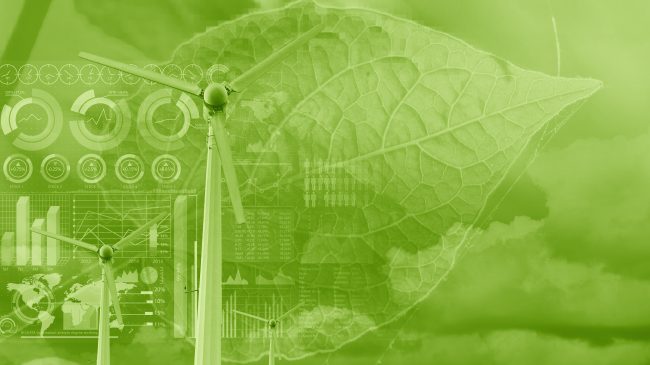The COVID-19 pandemic and associated shutdowns and stay-at-home orders have dealt a significant blow to the United States economy. U.S. gross domestic product (GDP) fell by an annualized rate of 30 percent during the second quarter of 2020 and unemployment rose above 14 percent in April but has been declining since then; at the end of October it was 6.9 percent. In response, the federal government has passed numerous bills intended to stimulate the economy.
Between March and July of 2020, numerous policymakers and pundits published reports and proposals claiming that COVID-19 offers an opportunity to make the economy more equitable and environmentally friendly. Of particular note, now-President Joe Biden proposed a $2 trillion plan that aims simultaneously to stimulate the economy, achieve net-zero carbon emissions by 2050, and create “millions of good, union jobs.” Even a small group of Republican senators wrote in support of significant additional subsidies to renewable energy.
This policy brief considers the main “green recovery” proposals and evaluates whether they would achieve their stated objectives. Part 2 summarizes the reports and proposals. Part 3 analyses a selection of the proposals and claims that underpin them. Finally, Part 4 offers some conclusions.
Full Policy Brief: Would a Green Fiscal Stimulus Help the Environment and the Economy?


